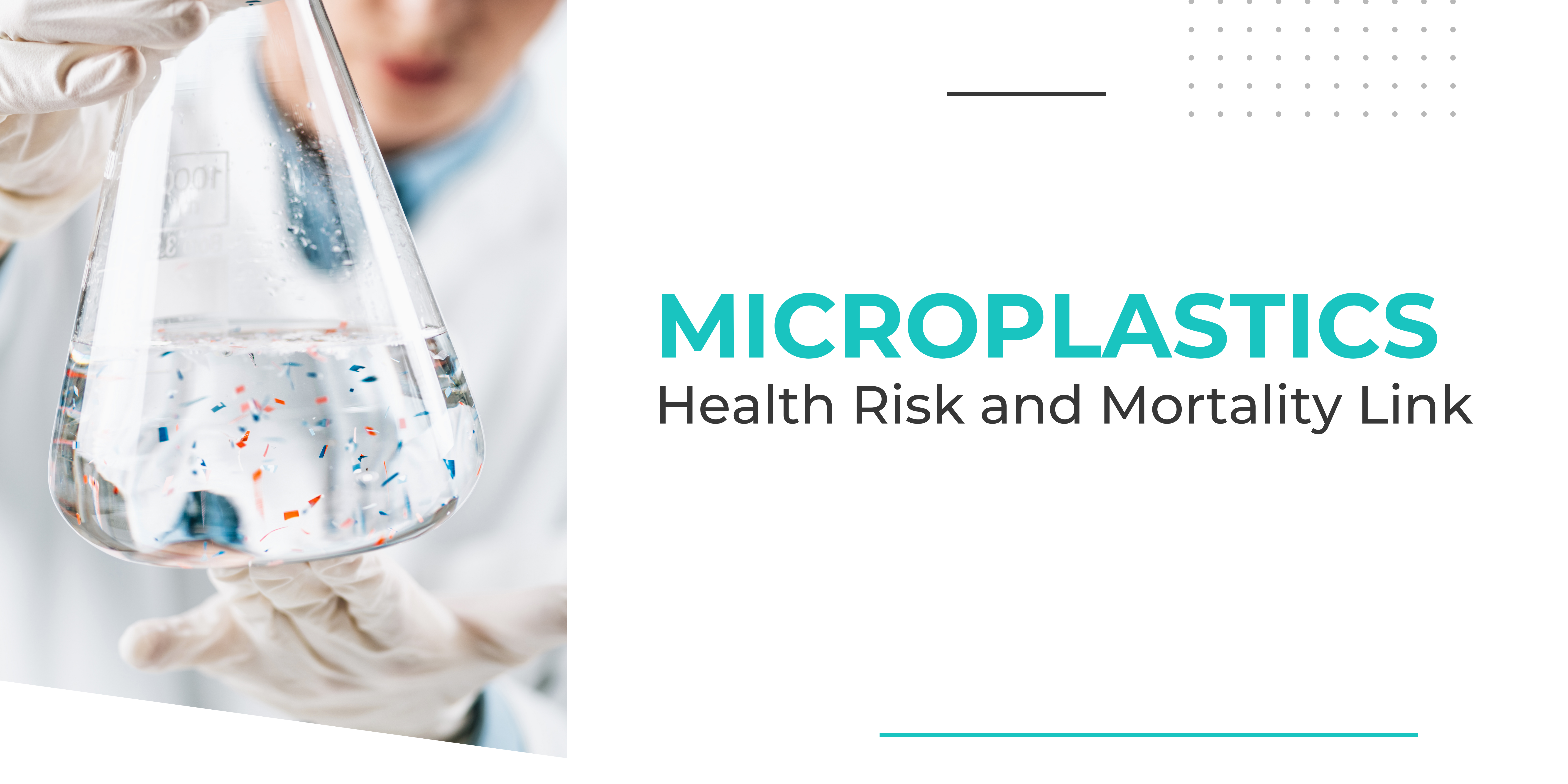The Silent Threat: How Microplastics Risk Our Heart Health and Life
Groundbreaking Research Reveals the Invisible Danger of Microplastics: A Strong Connection to Heart Disease, Stroke, and Early Mortality
The discovery that the air we breathe, the water we drink, and the food we eat may be laced with tiny particles of plastic once seemed like a distant concern. Today, however, compelling research is drawing a direct line between these microplastics—ubiquitous in our environment—and significant health risks, including heart disease, stroke, and early mortality.
The Invisible Invaders
Microplastics, defined as plastic particles smaller than 5 millimeters and even tinier nanoplastics, have been found in the most remote and unlikely places: from the depths of the oceans to the peaks of mountains and now, alarmingly, within human tissues. Their presence in arterial plaque has become a focal point for scientists concerned about cardiovascular health.
Recent studies, including a landmark investigation published in The New England Journal of Medicine, have unveiled that individuals with microplastics in their arterial plaque faced a 4.5 times higher risk of heart attacks, strokes, and death compared to those free from such contamination. This startling association between microplastics and adverse cardiovascular outcomes underscores a silent epidemic that could have profound implications for public health.
A Closer Look at the Studies
Researchers examined the carotid artery tissues—vital pathways that supply blood to the brain, face, and neck—of over 250 patients undergoing surgery to remove fatty deposits. The findings were unequivocal: microplastics were not just present but prevalent, discovered in nearly 60% of examined plaques. Further, these particles were primarily composed of polyethylene and polyvinyl chloride, which are common in everyday items like food packaging and water pipes.
The implications are profound. Participants with microplastic-laden arterial plaques exhibited significantly higher levels of biomarkers for inflammation, suggesting a mechanism by which these particles contribute to cardiovascular risk. The inflammation could promote plaque rupture, leading to clots that block blood vessels and trigger heart attacks or strokes.
Beyond the Numbers: A Wake-up Call
The association between microplastics and cardiovascular disease raises urgent questions about the pervasive use of plastics and its long-term consequences on human health. While the studies stop short of proving causation—a task complicated by ethical considerations and plastics’ ubiquity, they highlight an undeniable correlation that demands attention.
Future Directions and Personal Responsibility
As the global community grapples with the findings, the call for further research is loud and clear. Future studies, ideally in more diverse populations and geographies, are needed to explore the extent of the risk and uncover potential pathways for intervention. In the meantime, individuals can take steps to mitigate their exposure to plastics, though avoiding them altogether is nearly impossible in the modern world.
The research is a critical reminder of the interconnectedness of environmental health and human well-being. It calls for reevaluating our relationship with plastics and a concerted effort to reduce our reliance on these materials that, though convenient, may carry unseen costs to our health.
As we navigate this complex issue, one thing is clear: the implications of microplastics on human health are too significant to ignore. By fostering awareness and advocating for change, we can mitigate the risks and secure a healthier future for the next generations.
The evidence linking microplastics to severe cardiovascular outcomes is a stark reminder of our environmental and health crises. As research continues to unravel the full impact of these tiny particles, both individuals and policymakers must take action to address this invisible threat. Reducing plastic use and improving recycling efforts are steps in the right direction, but understanding and addressing the broader implications of microplastic pollution will require a concerted global effort.

